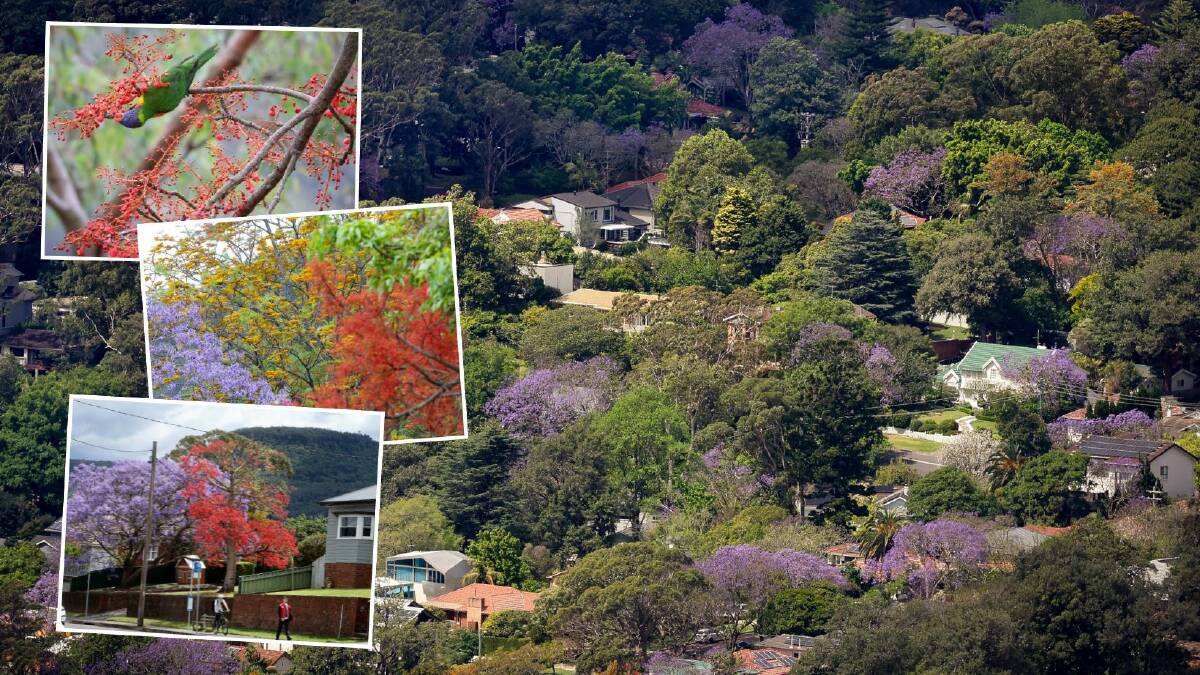
Purple canopies of jacarandas might get all the attention, but nothing compares to the fiery displays from the Illawarra's iconic flame trees.
Subscribe now for unlimited access.
or signup to continue reading
This year, the scarlet natives came out brighter and earlier than usual in many places across the region - showing their flowers in mid-October instead of early November.
And another striking Australian tree is adding to the explosion of colour you can see throughout suburbs and across the escarpment - with golden puffs of silky oak flowers just as bright as the purple and red.
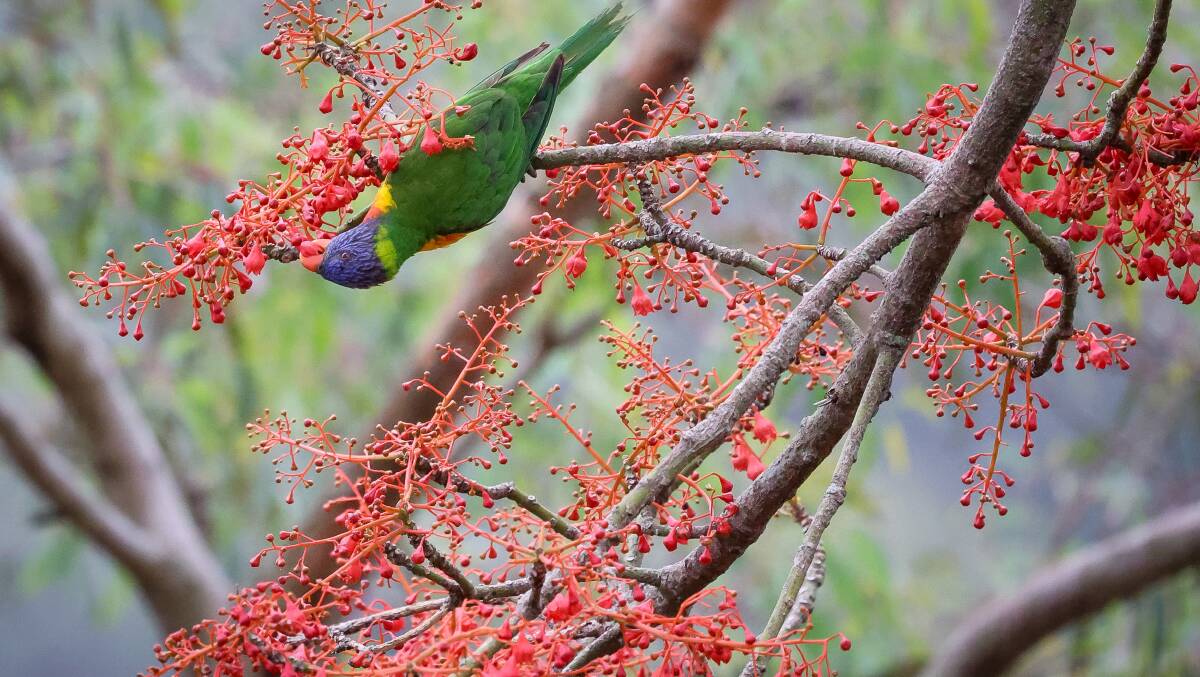
"The silky oaks are going completely off," chief scientist at the Botanic Gardens of Sydney Professor Brett Summerell said on October 16.
"I've never seen them so golden, so early."
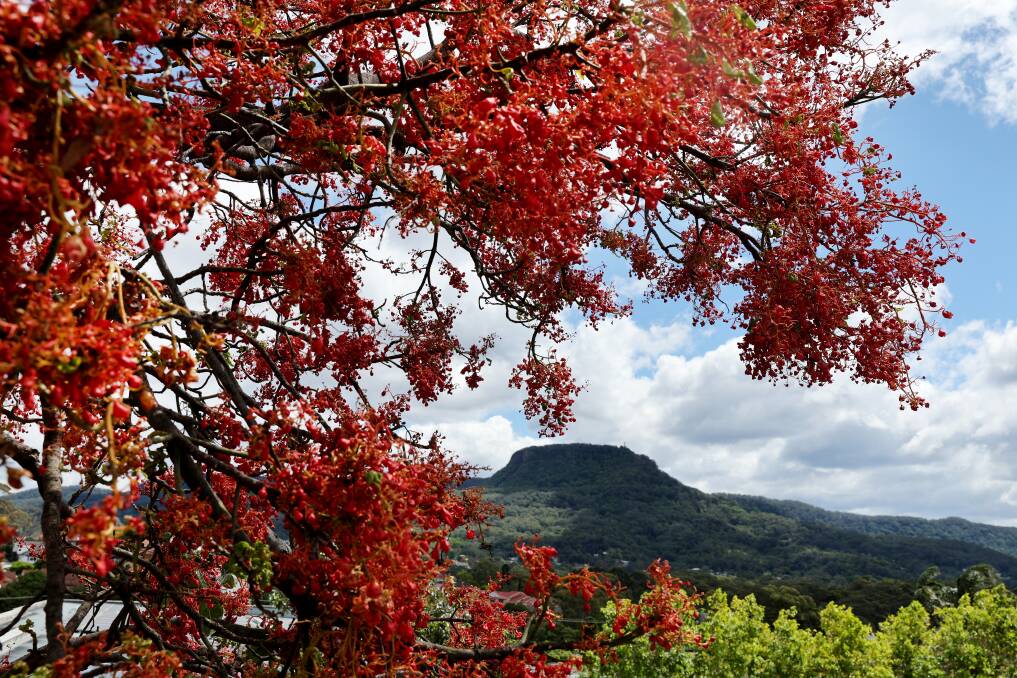
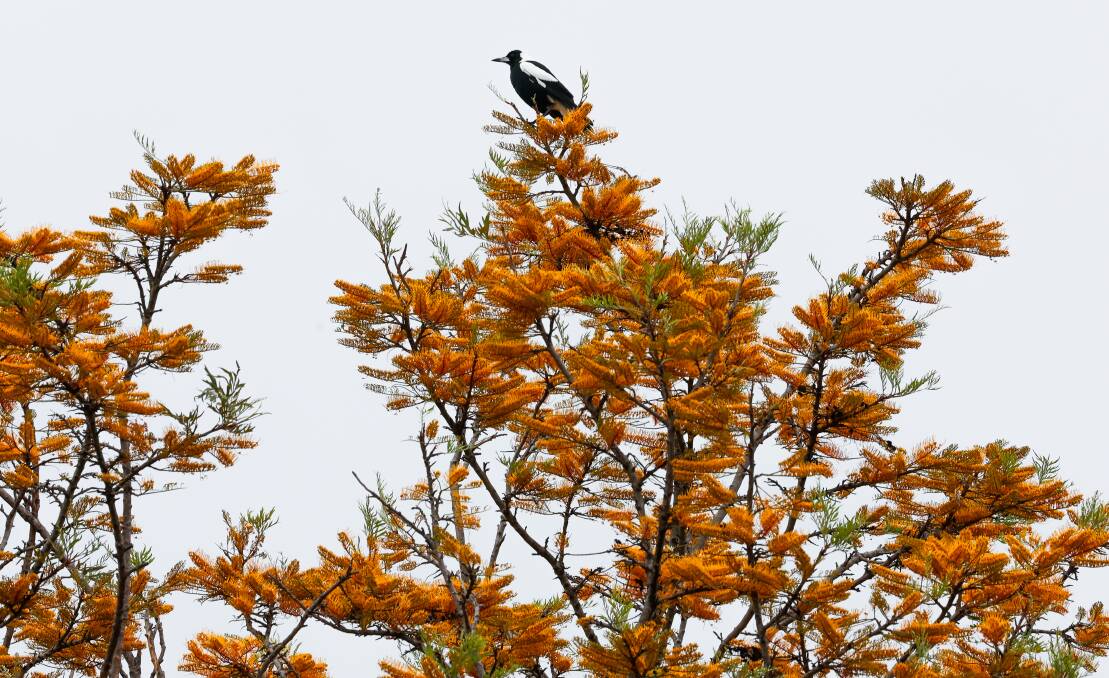
Prof Summerell said jacarandas were flowering two or three weeks earlier in most places, while flame trees - which are often in bloom just before Christmas - were flowering "quite substantially earlier" thanks to much hotter and drier climate trends.
"It's a combination of warm weather over winter, and soils are drying out so it stimulates the plant to think 'I'd better flower profusely just in case things get worse'," he said.
"The trends are obviously that areas are warming up, and I think that's pulling the flowering date earlier.
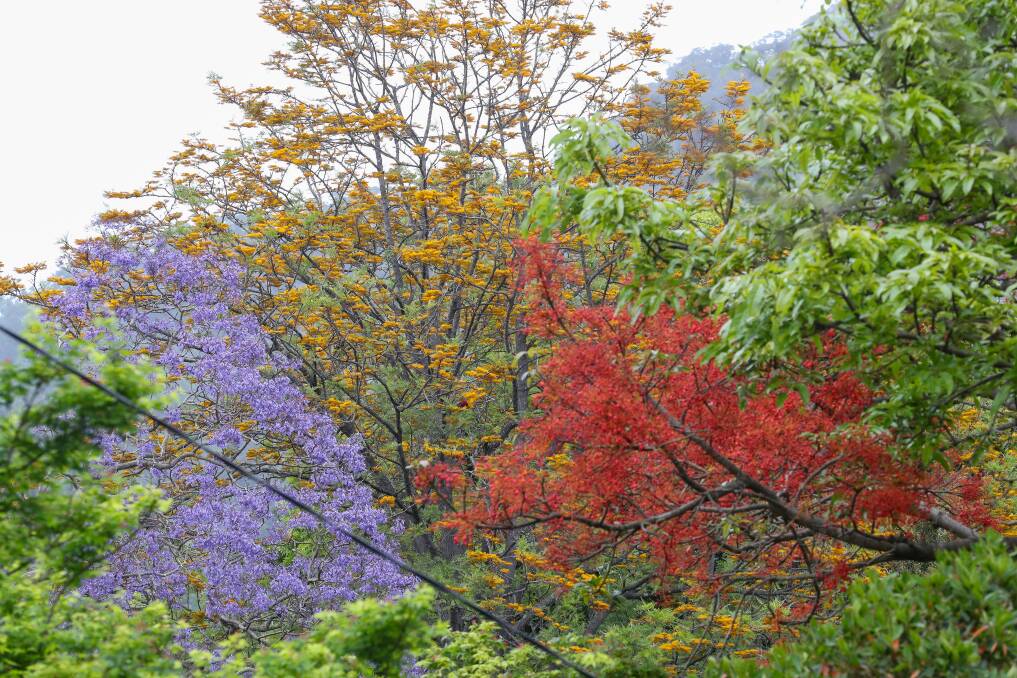
He also said strong growing seasons in recent years of rain had likely helped this year's vivid spring display.
"We've had a couple of really good years since the 2019/2020 bushfire period, so they would have been building up reserves within their trunks and growing," he said.
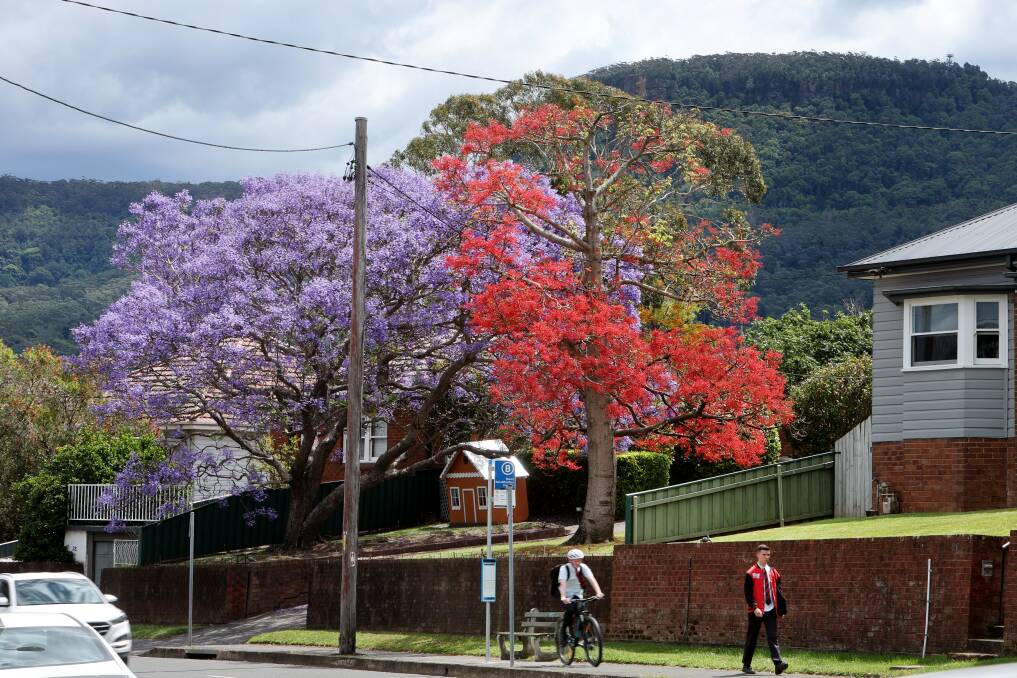
"You usually find that after a few good years of growing, and it's happening with a range of species, that they will flower profusely.
"And then the weather conditions we've had this year, with that dry period over winter and warm weather, it has really stimulated that flowering."
While the perfect storm of growing and flowering conditions had created spectacular displays, Prof Summerell said it was also a sign that the plants anticipating stress, and could mean more subdued flowers in the coming years.

"From an evolutionary perspective, if the plants think things are likely to get stressful, that will stimulate a big, packed flowering, in order to be able to reproduce seeds and pass their genetic information on," he said.
"It may mean that you can expect the following season to not have as big or productive flowering, because it's using up a lot of resources the plant holds internally."
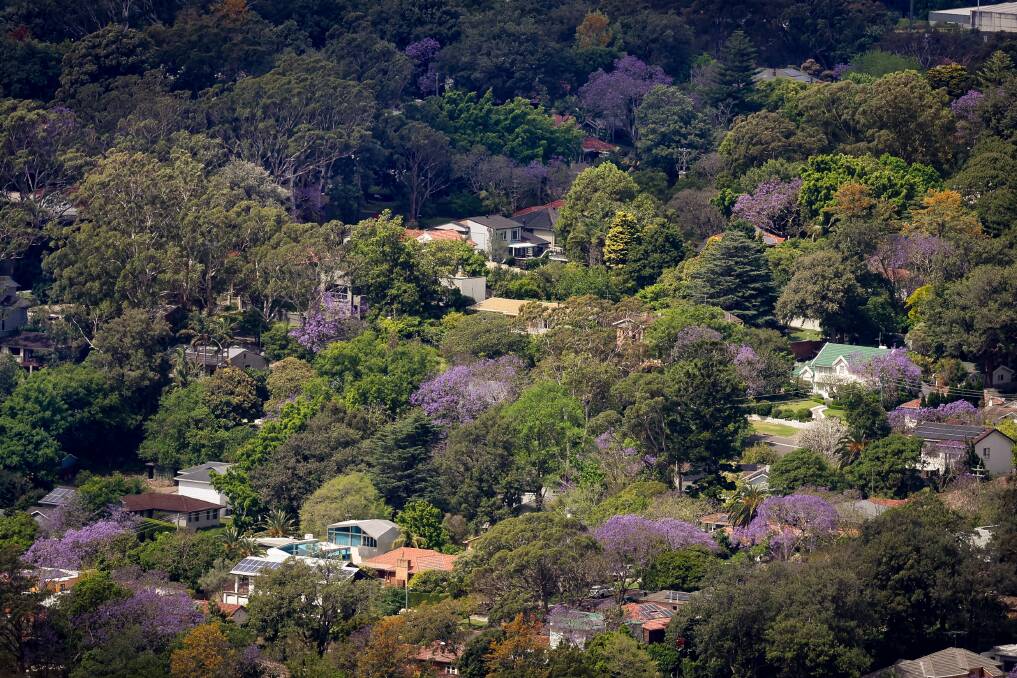
Illawarra's pride stretches far and wide
While flame trees can thrive in many conditions, Prof Summerell said the Illawarra and it's surrounding dry rainforests remained the centre of their natural and planted distribution.
"They are naturally more common there - and it's also self-fulfilling because people in the Illawarra tend to think 'oh, I should plant one'," he said.
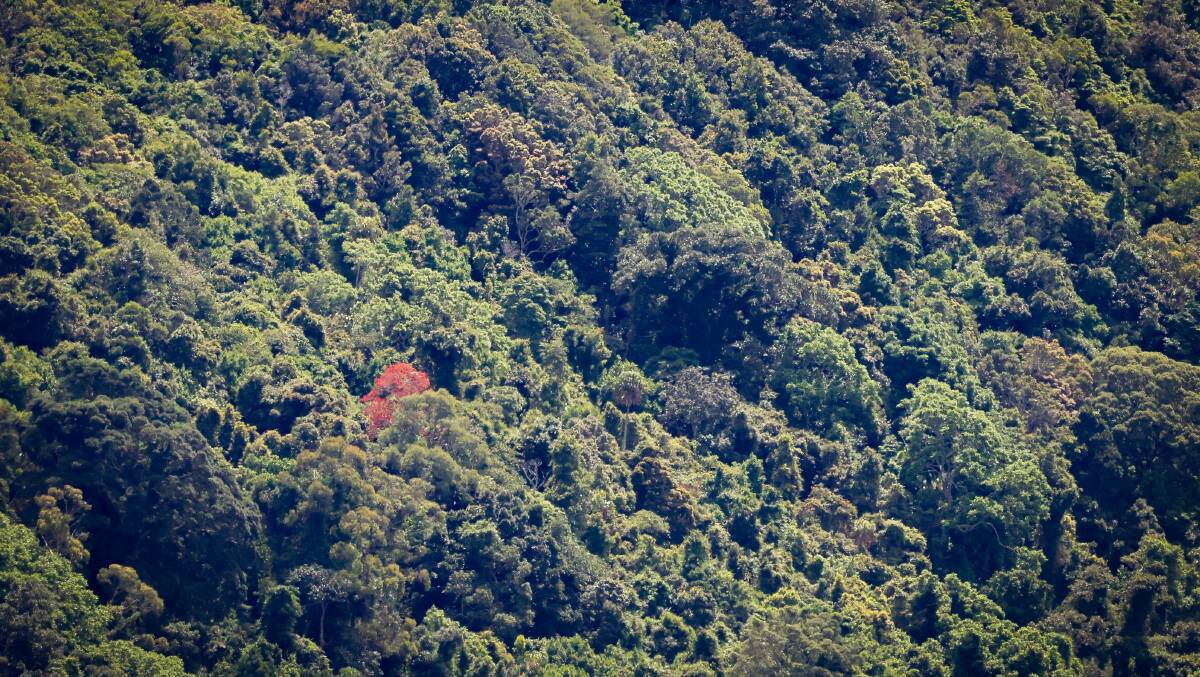
"But it is a species that you can find from the South Coast all the way up to the north of Queensland near Cape York.
"And the planted distribution is much wider than that - they can grow inland in country areas and I recently saw one in the south of Italy, in Bari."


